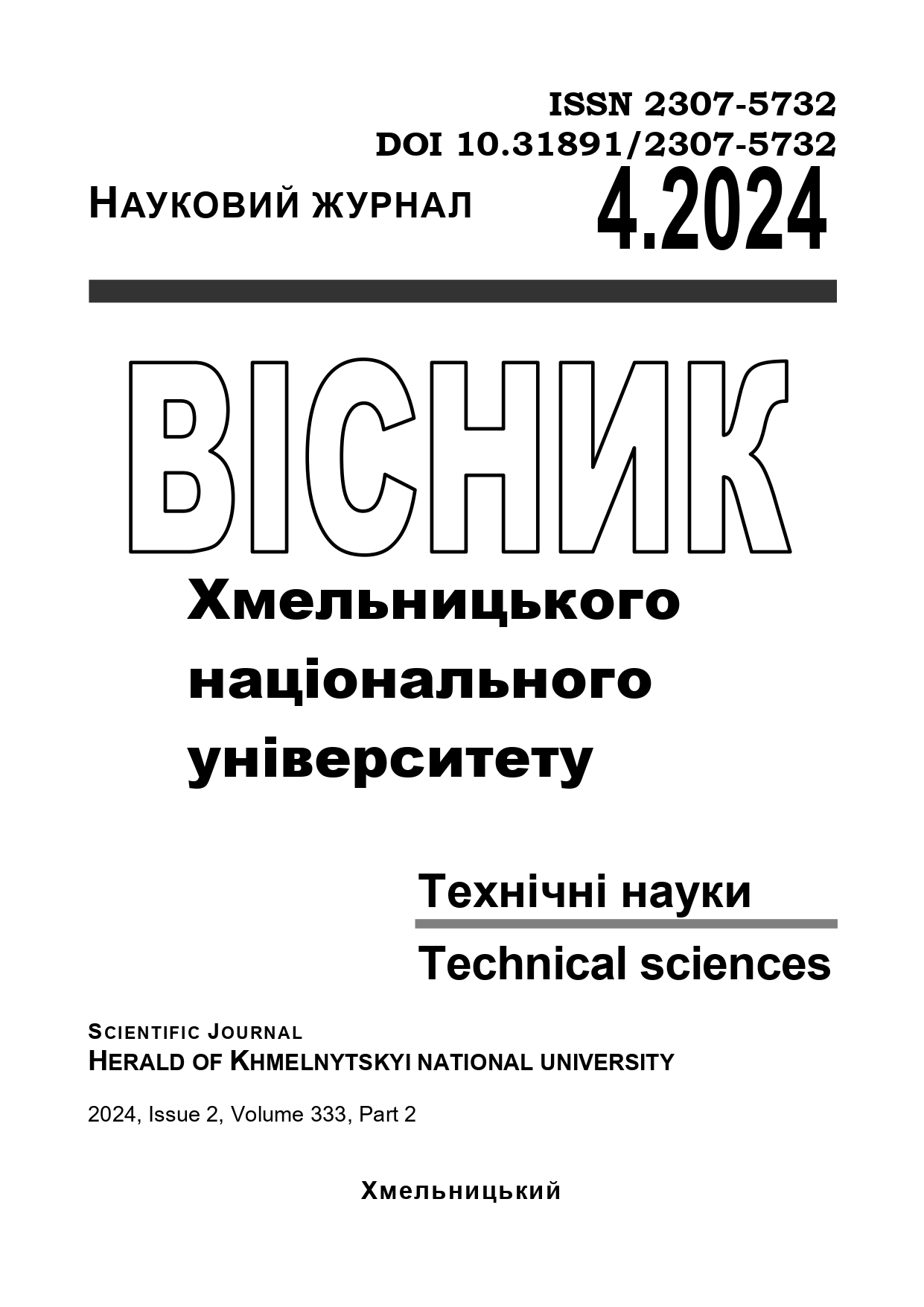DETERMINATION OF CUTTING LAYER PARAMETERS USING AN END RADIUS MILL
DOI:
https://doi.org/10.31891/2307-5732-2024-339-4-25Keywords:
end mill, radius end mill, cutting layer thickness, edge geometry, milling, material processing, analytical modelingAbstract
This article presents a methodology for determining the parameters of the cutting layer for end radius mills. The research is focused on analyzing the impact of the geometric parameters of the corner radius edge curve, such as the corner edge radius, the start and end of the curve, and the edge inclination angles, on the maximum thickness of the cutting layer. It was found that the feed direction (up-milling or down-milling) has a negligible impact on the thickness of the cut layer, allowing the conclusion that radius mills can be universally applied in various processing conditions.
The work includes theoretical analysis and analytical modeling of cutting processes using end radius mills. Analytical dependencies for calculating the thickness of the cut layer based on the parameters of the mill and processing conditions are proposed. The research also includes calculations for specific mill parameters, such as diameter, width, and the number of teeth. It was established that the shape and magnitude of the cut layer change depending on the cutting path and the influence of preceding teeth, affecting the quality of the machined surface.
By modeling the cutting process, the shape and size of the cutting layer were determined, al-lowing for more accurate prediction of processing results and improving the efficiency of the technological process. It was shown that the thickness of the cut layer for a multi-tooth tool is deter-mined by the cutting surface of the preceding teeth. Calculations were also performed to determine the maximum thickness of the cut layer, particularly for down-milling and up-milling conditions, revealing the maximum thickness of the cut for each case.
The research results are of significant practical importance for optimizing milling processes, particularly for improving the productivity and quality of surface processing. The proposed methodology and analytical dependencies can be used for developing new tools and technological processes in material processing. Further research may focus on experimental verification of the obtained results and extending the methodology to other types of mills and processing conditions.

